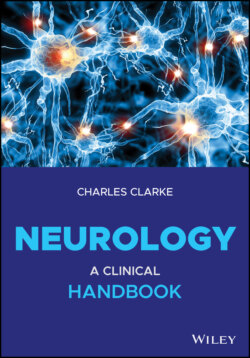Читать книгу Neurology - Charles H. Clarke - Страница 12
Basic Data
ОглавлениеIncidence is new cases/100 000/year. Prevalence is the occurrence/1000 of the population, and lifetime prevalence the risk/1000 of acquiring a condition during life. These vary – between urban and rural settings and are linked to ethnicity, poverty, lifestyle/nutrition, vectors, war and sanitation. Data for specific age ranges are often more valuable than overall rates.
In the United Kingdom:
For stroke, incidence overall is 190/100 000/year, but those over 65, 1100/100 000/year.
For Parkinson’s, incidence overall is 20/100 000/year and prevalence 2/1000. Over 65, incidence is 160/100 000/year and prevalence 10/1000.
With epilepsy, the situation is shown in Figure 1.1.
A population’s age structure impacts heavily: there are more children and young adults in poor than in rich countries (Figure 1.2). Degenerative age‐related disease is increasing: the world’s population over 65 is to double between 2020 and 2030. Doubling time depends upon mortality rates, on the number of offspring per mother, and on cultural, financial and religious pressure. Examples are in Table 1.1.
